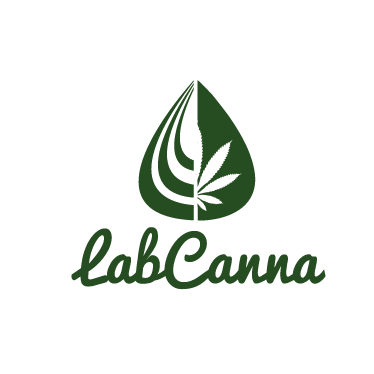What is a COA?

What’s a COA?
And why you should read it.
Over the past couple of years, CBD products have been saturating the market. There are options for every taste and lifestyle, from tinctures to lotions, gummies to vape products–even cheeseburgers are infused with CBD. While many people have experienced first-hand the natural benefits of hemp-derived CBD, the lack of federal regulations have allowed low-quality CBD products to permeate the industry. This has resulted in non-effective and sometimes dangerous products.
A 2017 study by the University of Pennsylvania School of Medicine estimated that 70% of CBD products sold online were mislabeled with misleading or false information. In a study of 84 products from 31 different companies, researchers found that only 30 percent of CBD products purchased contained an actual CBD content that was within 10% of the amount listed on the product label.
Not all CBD is Created Equal
In this rapidly growing but still unregulated market, the due diligence falls on the consumer to check the labels and extensively research products to ensure that they are safe and effective. But how does the consumer know what to look for? How can you be sure that the products you are buying for yourself and your loved ones are made with quality ingredients? The most essential step in the purchasing process is to check the Certificate of Analysis (COA). This document provides a detailed analysis of ingredients and uncovers potentially harmful contaminants, verifying that the manufacturer’s claims are correct.
Where Do I Find the COA?
Reputable products will include a QR code or Batch number on the label of the product. Scan the code or match the Batch number listed on the product page on the company’s website to locate the Certificate or Analysis.
What Do I Look for on a COA?

1.
First, check for the name and address of the laboratory to confirm that the product is third-party tested by an outside company, avoiding any in-house bias in test results.
2. Make sure the document is labeled “Certificate of Analysis,” Not “Certificate of Compliance/Conformance”. While these certificates verify that the products conform to specific order requirements, they do not require test results to ensure product quality.
3. Check the test date. Is the COA recent? Trusted sellers will test every batch to make sure the cannabinoid content is accurate and that the product is safe for use. The COA remains valid as long as the product is within its shelf life and has been stored properly. For tinctures, the typical shelf life is 2 years (if stored in a cool dry place outside of direct sunlight). If the most current COA for a product being sold online is over a year old, that “current” batch of product has been on their shelf for all that time.

4. Check the Cannabinoid Profile to verify which cannabinoids were detected in the sample, as well as the potency of the concentration. One of the most important pieces of information to look for is the concentration of THC, which is the psychoactive component of the cannabis plant. By law, CBD products must contain less than 0.3% THC. CBD isolate products contain 0.0% THC, while full spectrum products can contain up to the legal limit.

It’s also important to verify that the CBD percentage or mg/mL matches the seller’s product claims. If the product is full spectrum, a COA will also show the presence of other cannabinoids (such as CBN or CBG) which support the whole plant “entourage effect” of full spectrum products. These cannabinoids will not appear in test results for CBD isolate products.
Note:
Some labs will list a zero value (0.00) if a concentration isn’t found in the sample, while others will designate “ND” (non-detect). Another lab term is LOQ (Limit of Quantification). This is the lowest concentration that can be accurately measured with lab equipment. Some labs will note that the LOQ concentration wasn’t detected.

5.
Look for any extra testing, such as “Pesticide Analysis,” “Heavy Metal Analysis,” or “Residual Solvents” to confirm that no harmful or toxic substances are detected, or that any concentrations of these substances are below the level of concentration determined by the FDA or USDA to be unsafe, often noted as the “Action Level.”
6. Finally, check to make sure that the COA is signed and verify that the name and title of the lab’s manager or director are listed. This will provide further evidence of the authenticity of the test. Put your new found knowledge to work by reviewing this COA from TenneCBD’s Formula Black CBD Isolate Tincture.
In Conclusion
As more and more manufacturers attempt to develop new ways to infuse CBD into our daily lives, it’s important to confirm what exactly is in these products. Navigating the “Wild, Wild West” of the industry without federal standards or testing requirements can be incredibly overwhelming, as it can be difficult to separate the reputable brands from inferior products. Aside from ensuring the safety and quality of ingredients, reviewing a third-party Certificate of Analysis will make sure that the products you purchase have a reliable and potent effect. Looking for (and verifying) third-party testing is the best way to provide peace of mind while making sure that you and your family are adding the safest and most effective products to your lifestyle.
